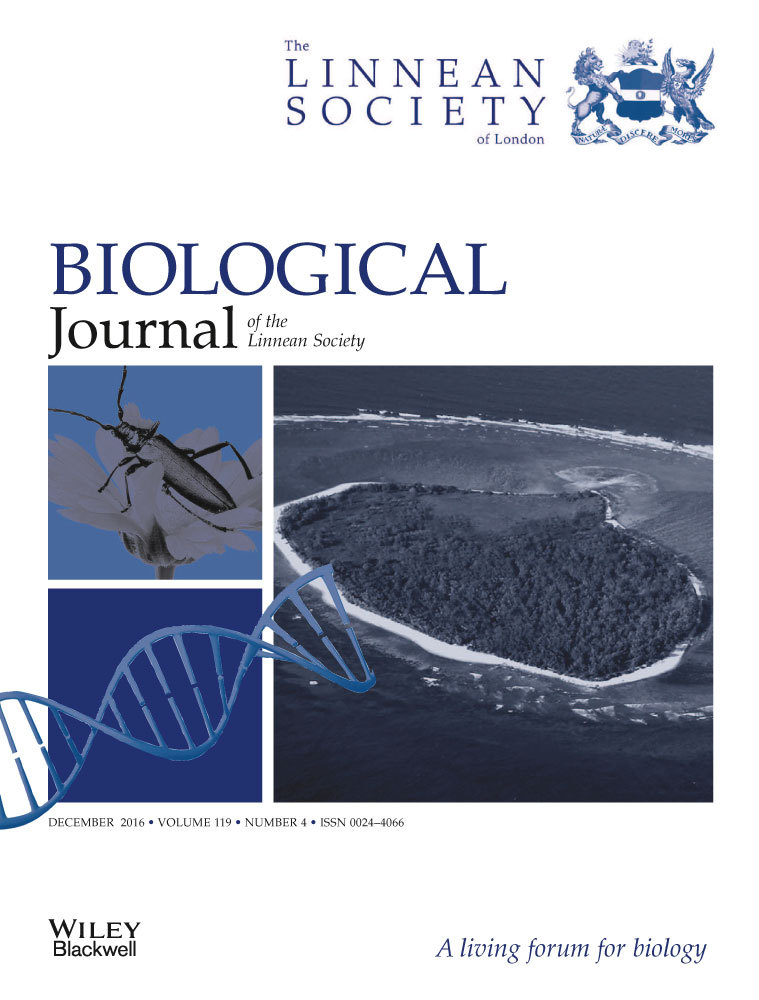Population affinities of the asiatic cobra (Naja naja) species complex in south-east Asia: reliability and random resampling
Abstract
The population systematics of the cobras of the genus Naja in southern Thailand, Malaysia and Indonesia are investigated, using multivariate analysis of a large number of morphological characters. These populations are found to constitute three distinct groups: a northern form, which occurs in Thailand and northern Peninsular Malaysia; an equatorial form, which occurs in southern Thailand, Peninsular Malaysia, Sumatra and Borneo; and a southern form, which occurs on Java and the Lesser Sunda Islands. The first two forms are sympatric in northern Peninsular Malaysia and southern Thailand, and therefore constitute separate species. This is of importance for the treatment of snakebite in the region. The distribution of the three forms can be related both to present ecological conditions and to Pleistocene geological and climatic events. The reliability of the results is demonstrated by the relationship between character number and congruence of patterns of geographic variation, investigated by random resampling. The pattern of geographic variation within two of the three main forms is investigated and related to current ecological conditions and Pleistocene events.




